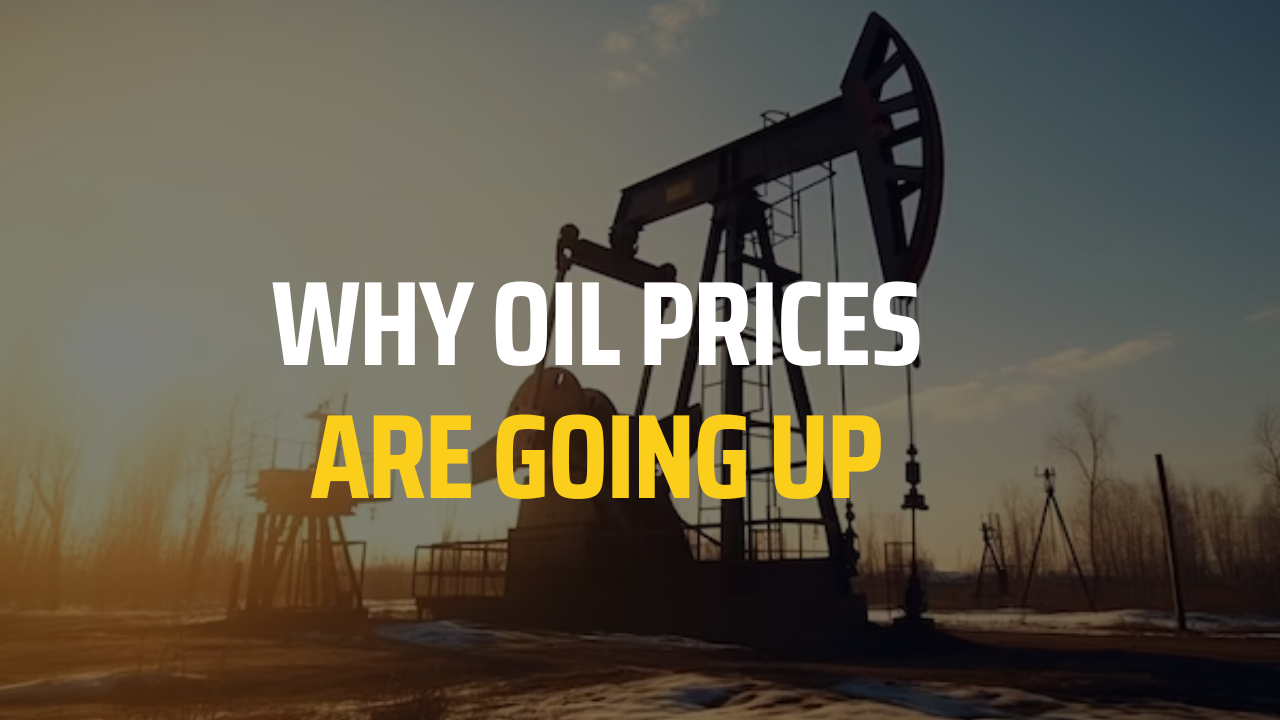
Introduction
In recent years, the world has witnessed a notable uptick in oil prices, leading to increased concerns and discussions about the factors contributing to this surge. While oil prices have historically been subject to fluctuations, understanding the current reasons behind their upward trajectory is vital for consumers, businesses, and governments worldwide. In this article, we will delve into the key factors driving the surge in oil prices.
- Supply and Demand Imbalance
One of the most prominent factors driving the surge in oil prices is the persistent imbalance between global supply and demand. The COVID-19 pandemic led to a significant drop in demand as lockdowns and restrictions slowed economic activities. In response, major oil-producing countries, led by the Organization of the Petroleum Exporting Countries (OPEC), implemented production cuts to stabilize prices. These cuts contributed to a reduction in the global oil supply.
As economies gradually recover from the pandemic, demand for oil has surged, surpassing pre-pandemic levels. However, the production cuts and underinvestment in the oil sector have left supply struggling to catch up with this sudden resurgence in demand. The resulting supply and demand imbalance has exerted upward pressure on oil prices.
- Geopolitical Tensions
Geopolitical tensions and conflicts in key oil-producing regions have further heightened concerns about oil supply disruptions, which can drive prices upwards. The Middle East, in particular, is a region with a long history of such tensions. Any significant conflict or instability in this area can disrupt the global oil supply, leading to price increases.
- Energy Transition and Green Initiatives
The global shift towards cleaner and more sustainable energy sources has also played a role in the surge in oil prices. As governments and industries invest in renewable energy and aim to reduce their carbon footprints, the long-term demand for oil is expected to decline. This, in turn, has led to reduced investments in oil exploration and production, which can result in constrained future supply. Investors may be less inclined to finance fossil fuel projects, exacerbating the supply and demand imbalance.
- Inflation and Currency Devaluation
Inflation and currency devaluation can have a significant impact on oil prices. As inflation rises and the value of currencies falls, it takes more currency units to purchase the same quantity of oil. This effectively drives up the price of oil. Governments and central banks worldwide have implemented various monetary policies in response to economic challenges, including the pandemic, which can influence currency values and inflation rates.
- Speculation in Commodity Markets
The oil market is subject to speculative trading, where investors buy and sell oil futures contracts based on their perceptions of future price movements. Speculative trading can amplify price swings, leading to short-term price spikes. As investors seek to profit from rising prices, their actions can contribute to increased volatility in the oil market.
Conclusion
The surge in oil prices can be attributed to a combination of factors, including a supply and demand imbalance resulting from the COVID-19 pandemic, ongoing geopolitical tensions in oil-producing regions, the global shift towards cleaner energy sources, inflation, currency devaluation, and speculative trading in commodity markets. These factors have created an environment where oil prices are more sensitive to disruptions and uncertainties. It is important for consumers, businesses, and policymakers to monitor these factors closely and adapt to the evolving landscape of the oil market, as the path ahead remains uncertain and subject to change.
Read more to visit fintecmarkets.com
